
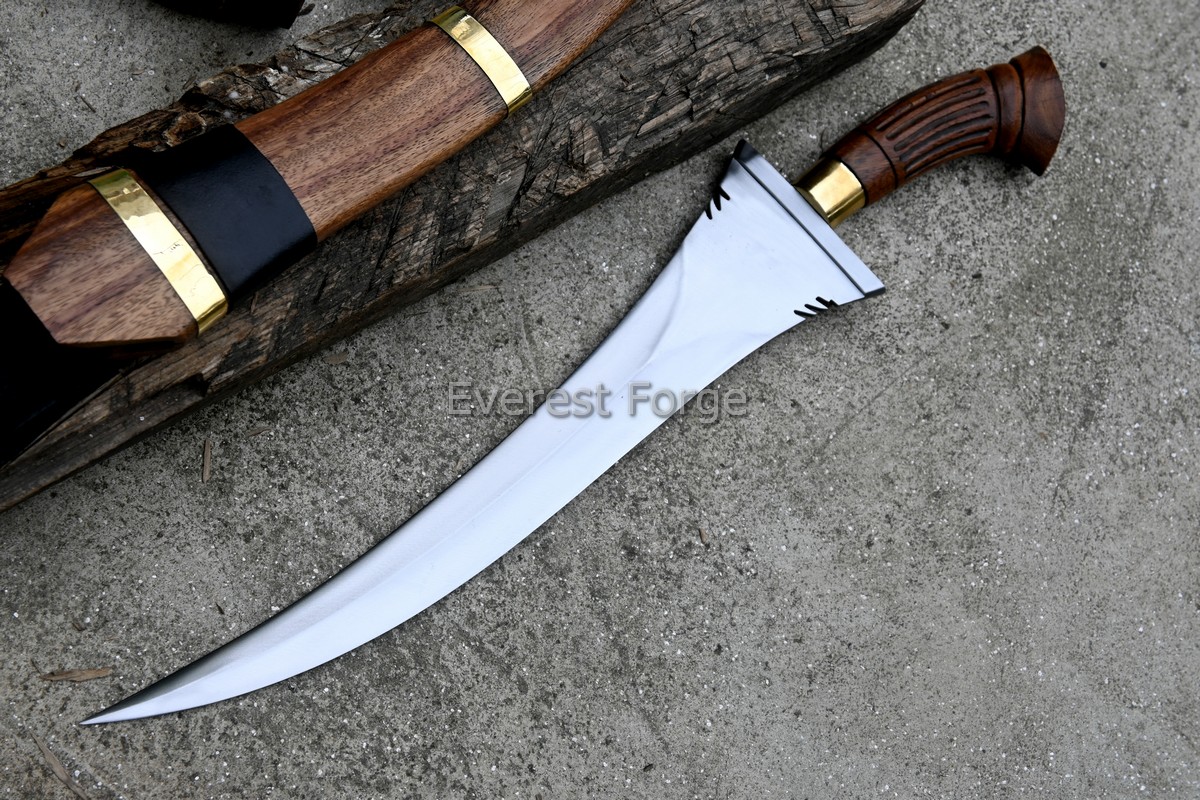 Balasiong: The Forgotten Blade of the Filipino South
Balasiong: The Forgotten Blade of the Filipino South
Rediscovering a Moro Warrior's Blade
The Balasiong, sometimes spelled balisiong, baliciong, or balacion, is one of the lesser-known yet profoundly significant traditional bladed weapons of the Moro people of the southern Philippines. It is often overshadowed by its more famous relatives, like the kris or barong, but the Balasiong holds a place of distinction due to its unique design, practical combat utility, and rich cultural symbolism.
Though smaller and more understated than some other weapons in the Moro arsenal, the Balasiong’s elegance lies in its versatility and speed. Often categorized under the broader family of kalis swords, the Balasiong stands apart with its slightly curved, single or double-edged blade and its distinctive pistol-grip-style hilt—an ergonomic feature that enhances maneuverability in close-quarters battle.
A Blade Born in Battle
The Moro tribes—especially the Maranao, Tausug, Maguindanao, and Yakan—have a long history of martial excellence. For centuries, they resisted colonizing forces, from the Spanish in the 1500s to the Americans in the 1900s. The weapons they wielded were forged not just for warfare but also as expressions of cultural identity, social status, and ancestral legacy.
The Balasiong, in this context, was not just a sidearm—it was a warrior’s constant companion. Lighter and quicker than many of the region’s traditional blades, it became an ideal weapon for swift slashing and thrusting techniques, especially in the dense jungles and narrow terrain of Mindanao and the Sulu Archipelago. Its shape made it incredibly effective for fluid, close-range combat, a hallmark of Filipino martial arts like Kali, Arnis, and Eskrima.
The Design: Balance, Speed, and Precision
Unlike the flamboyant waves of the kris, the Balasiong blade is subtly curved and sleek, often measuring between 14 to 18 inches, although some ceremonial versions may vary in size. The curvature provides a natural slicing motion, allowing the blade to glide more efficiently through the target, while its tapered point enables effective thrusts.
The hilt, often made of carved hardwood or carabao horn, is shaped like a pistol grip or bird’s beak—a form known as the kakatua, or cockatoo. This design fits snugly in the hand and ensures a firm hold, even during fast-paced or angled strikes. The scabbards are traditionally carved from hardwoods like kamagong or narra, sometimes adorned with rattan or mother-of-pearl inlays depending on the weapon's ceremonial use or the owner's status.
Forging Process: A Fusion of Tradition and Function
In modern reinterpretations, including those made by heritage bladesmiths like Everest Forge, the Balasiong is hand-forged from 5160 high carbon leaf spring steel—a durable and flexible steel known for its ability to retain edge sharpness under repeated use. The forging process honors ancestral traditions:
-
Shaped entirely by hand using hammer and anvil
-
Tempered using water quenching for controlled hardness
-
Sharpened to a combat-ready edge
-
Assembled with full-tang construction, ensuring strength and longevity
-
Scabbards and handles crafted from rosewood or exotic hardwoods
The result is a weapon that is not only historically authentic but also fully functional—ready for modern collectors, martial artists, and blade enthusiasts.
Cultural and Ceremonial Role
While the Balasiong was primarily a weapon of war, it also carried symbolic meaning. A warrior’s blade was often personalized with carvings or talismans, and it was customary for the blade to be passed down through generations. In peacetime, the Balasiong might be worn during rituals, ceremonies, or dances, signifying bravery, masculinity, and honor.
Its discreet yet deadly design also lent itself well to being concealed or carried without attracting attention—an important trait in a society where readiness for sudden conflict was crucial.
Revival and Modern Appreciation
Today, interest in Filipino martial weapons is growing, thanks in part to the global popularity of Filipino Martial Arts (FMA) and a renewed pride in indigenous culture. Artisans and smiths are breathing new life into the Balasiong, crafting modern versions that remain faithful to the original form while using contemporary steel and methods to improve durability.
Collectors admire the Balasiong not just for its aesthetics, but for its history. Martial artists respect its speed and functionality. And historians recognize it as a tangible link to the resilient spirit of the Moro people—a weapon that reflects not only a way of fighting but a way of life.
Conclusion
The Balasiong is more than just a blade; it's a story forged in steel. It speaks of a people's resistance, craftsmanship, and honor. In every curve of its blade and every line of its handle lies a chapter of Filipino history worth remembering and preserving.
As we continue to explore and share knowledge about traditional blades like the Balasiong, we ensure that the legacy of the Moro warrior—and the cultures they fought to protect—live on.



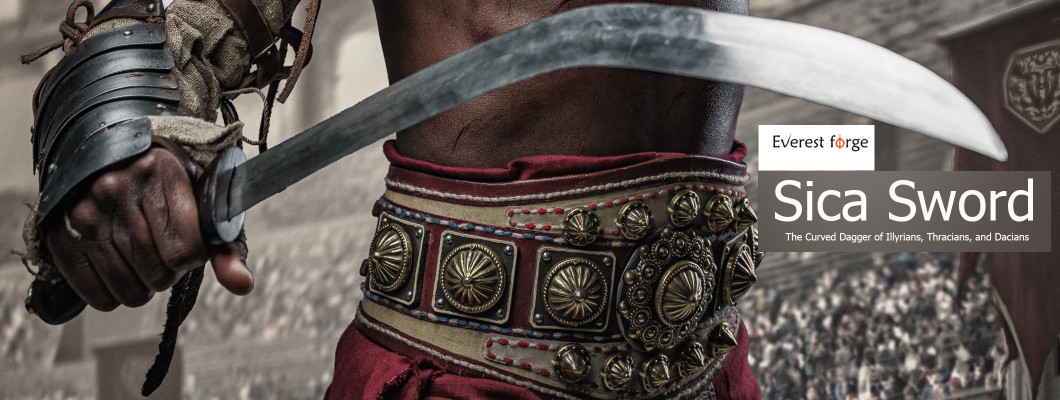

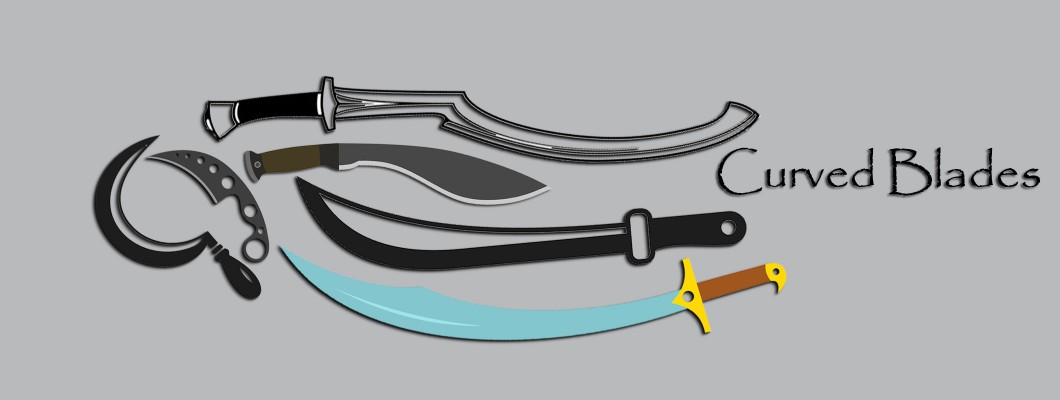
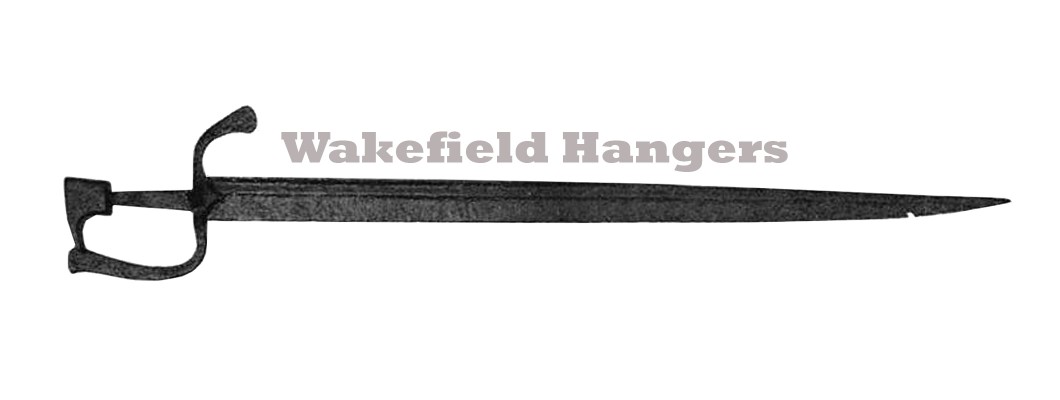
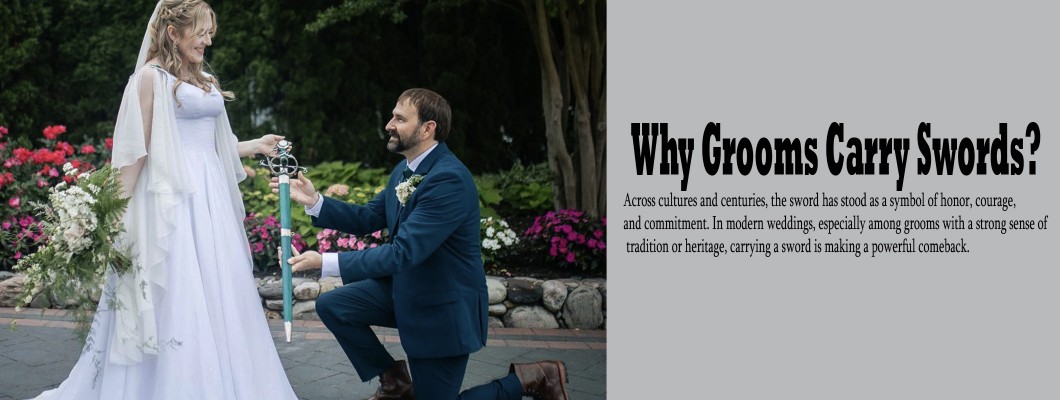
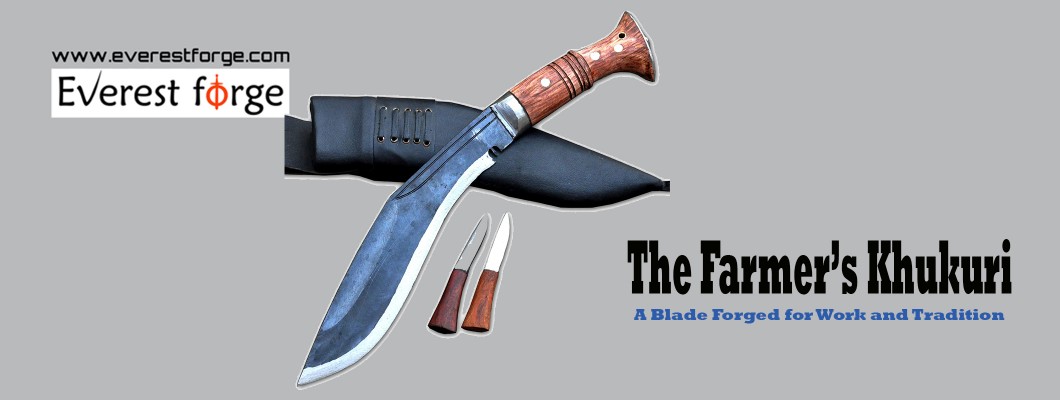
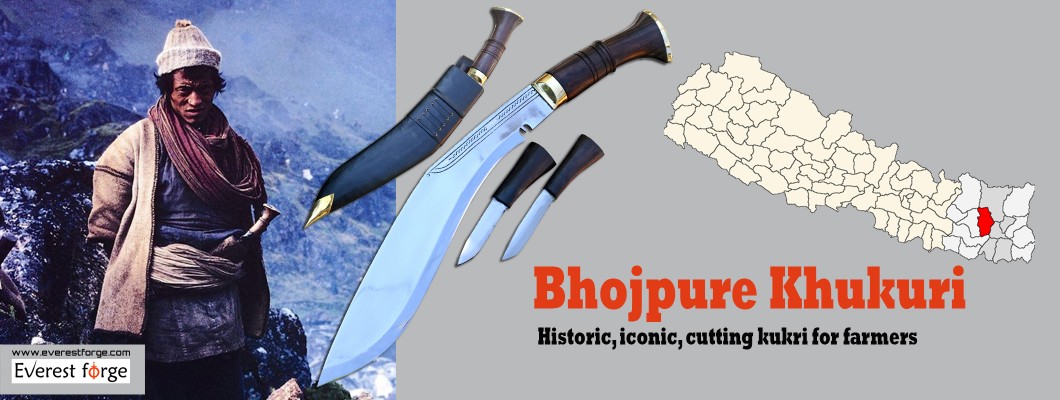
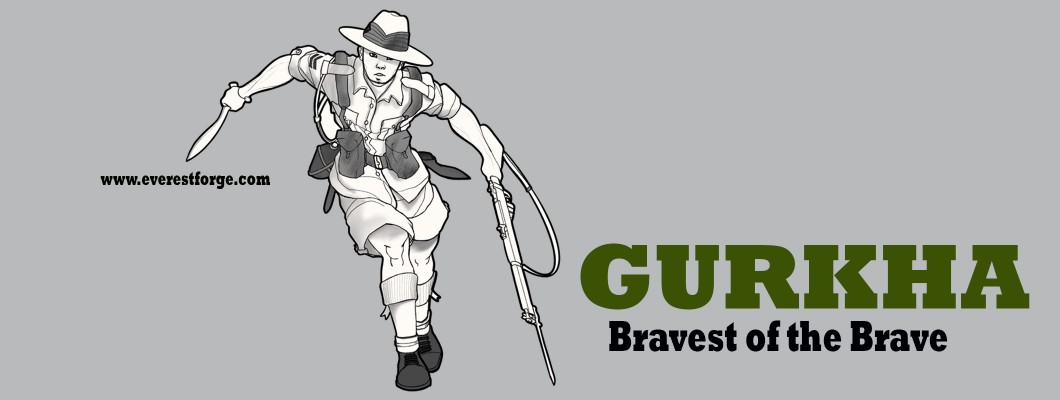
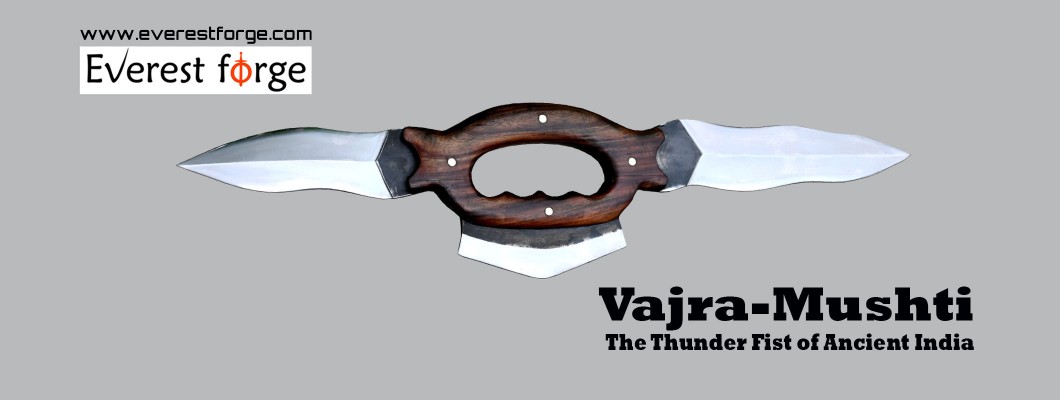
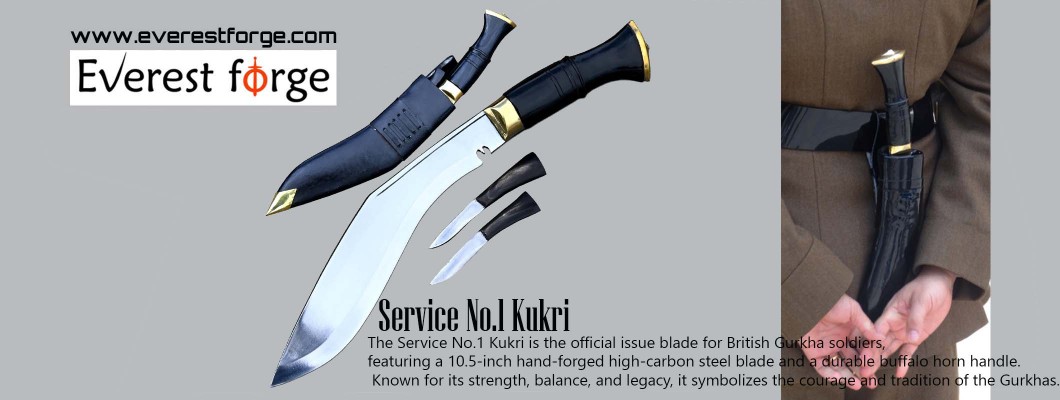
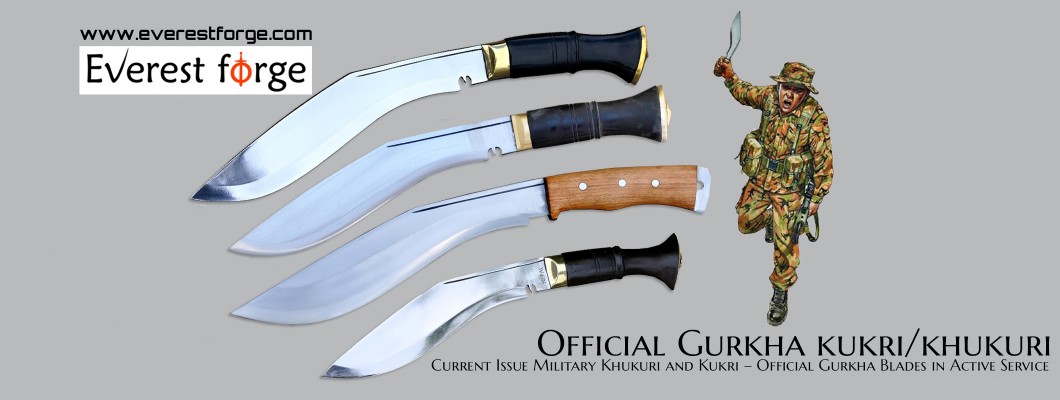
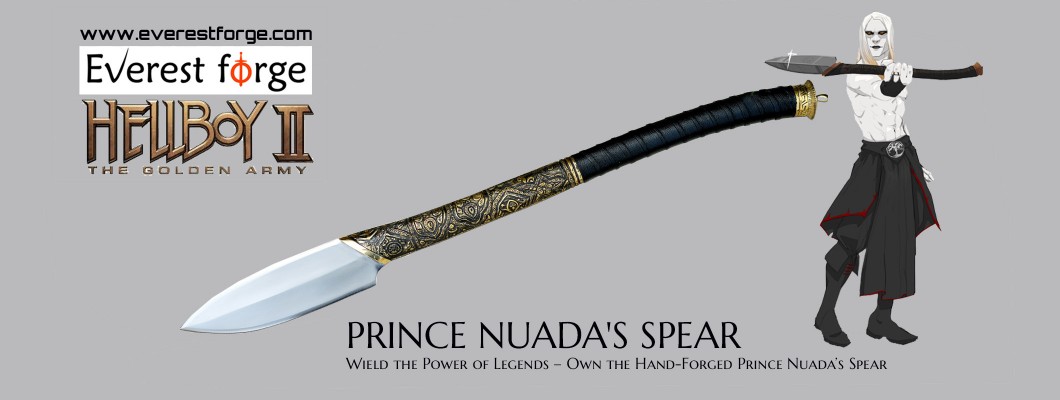

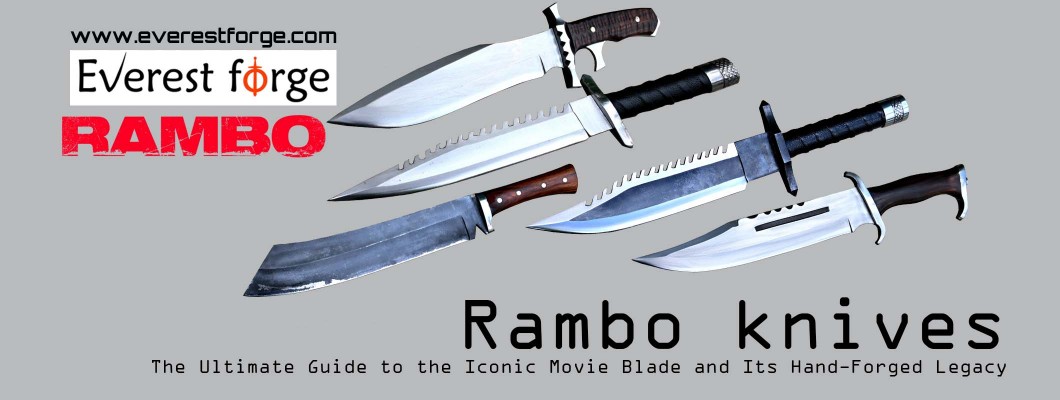




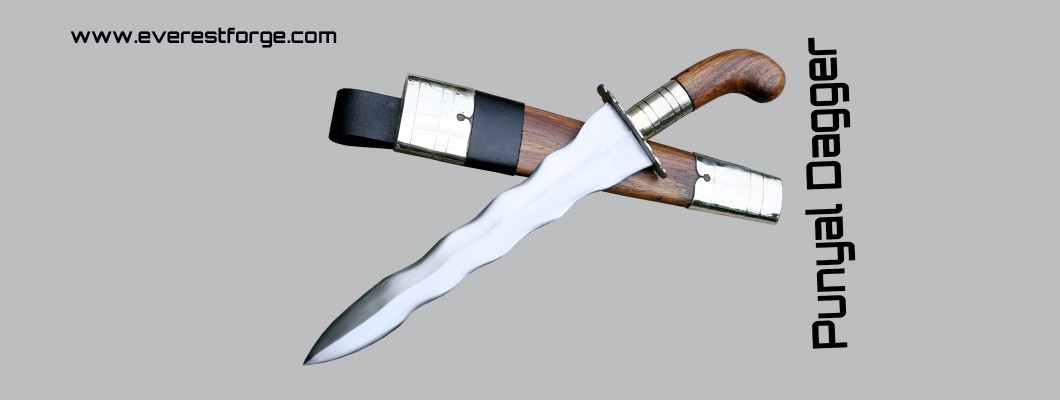
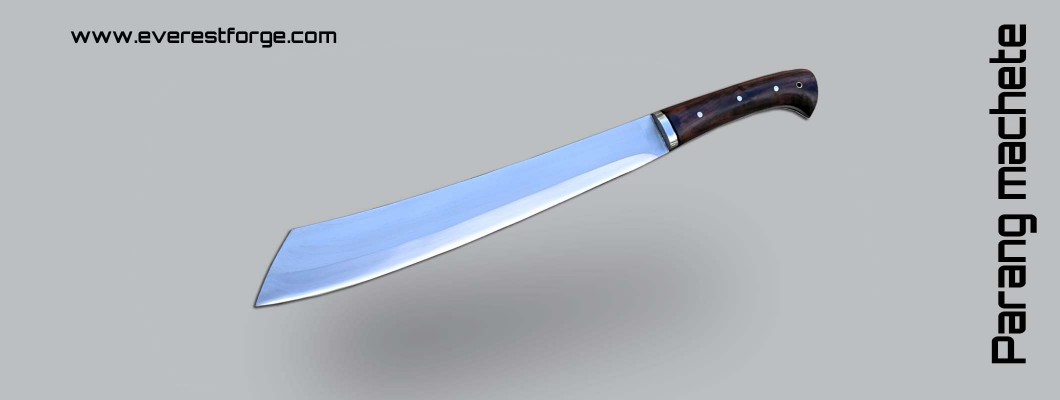
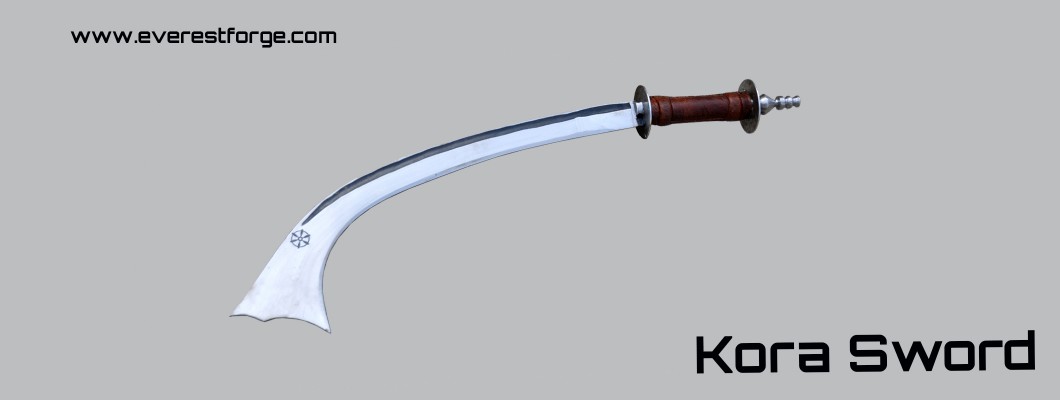
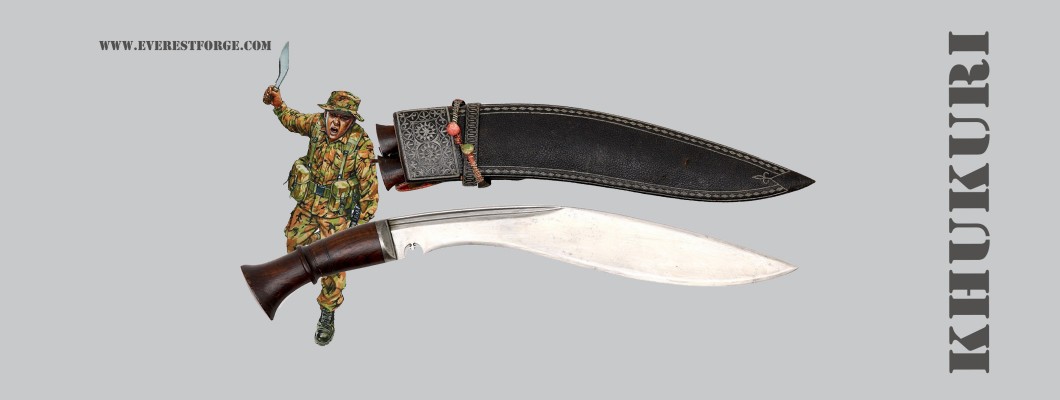
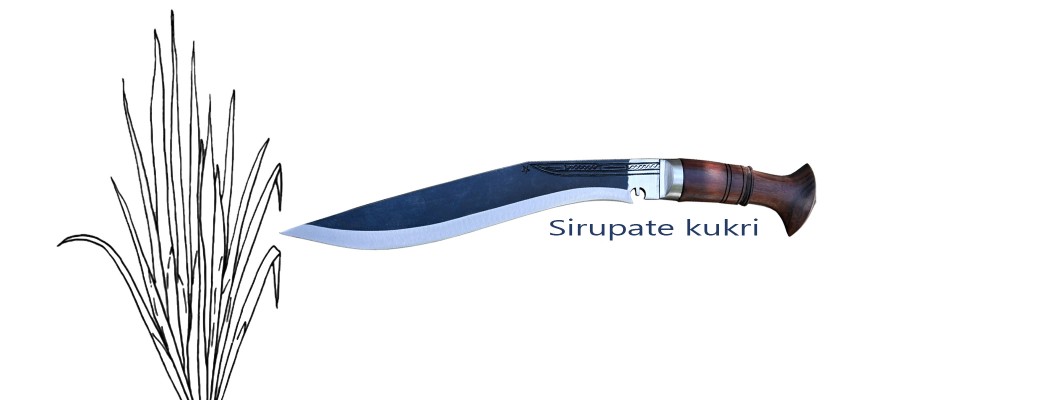
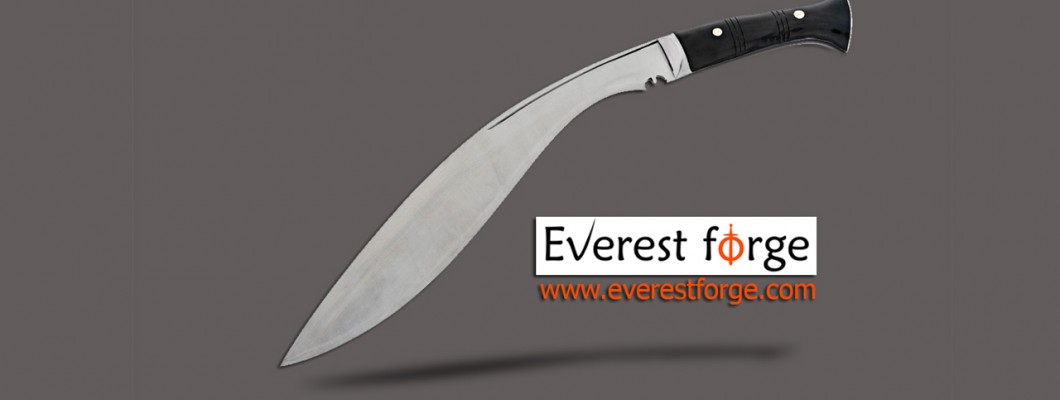
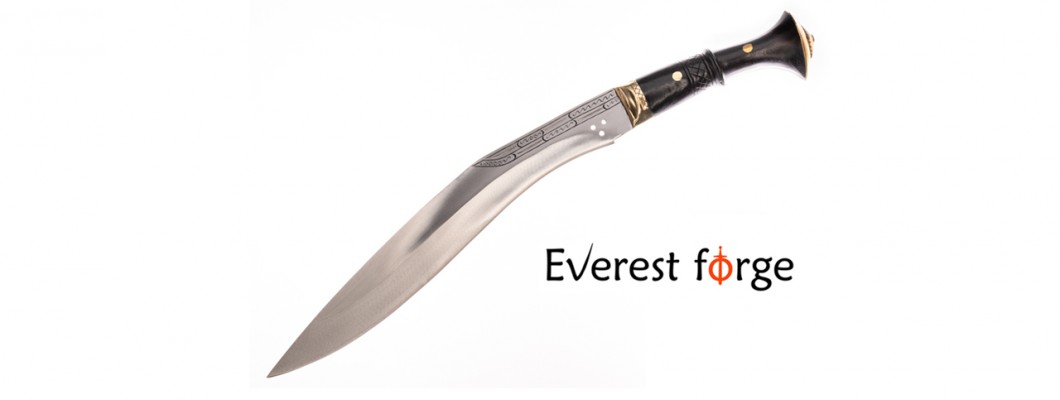
Leave a Comment